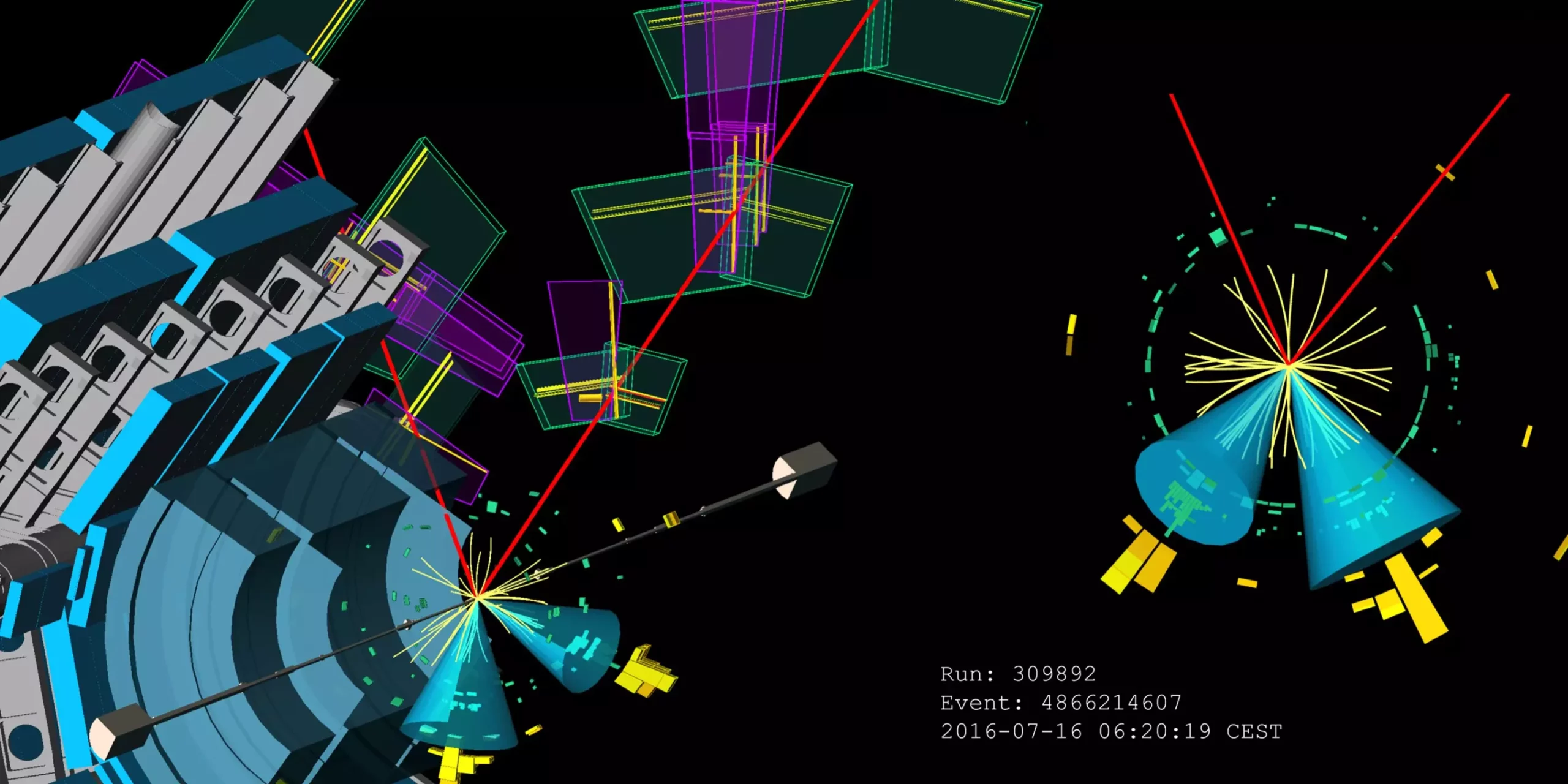The Higgs boson, a cornerstone of the Standard Model of particle physics, serves as an essential piece in the puzzle of mass generation for elementary particles. Understanding its interactions with fermions and bosons not only enriches our knowledge of fundamental forces but also allows physicists to test the limits of theoretical predictions. The ATLAS collaboration, a prominent experiment at the Large Hadron Collider (LHC), is at the forefront of this endeavor, focusing on the precision measurement of the Higgs boson’s interaction strengths, particularly with the heaviest quarks: top, bottom, and charm.
According to electroweak theory, the strength of these interactions directly influences the masses that particles acquire through the Higgs mechanism. By studying how the Higgs boson is produced and how it decays into various particles, researchers can extract valuable insights into these interaction strengths. At the recent International Conference on High-Energy Physics (ICHEP) 2024, ATLAS showcased advancements in this area, presenting enhanced results based on an intensive reanalysis of data from LHC Run 2, which spanned the years 2015 to 2018.
A crucial element in this research is the phenomenon of jet production. When the Higgs boson decays into a pair of quarks, these particles interact and fragment into a shower of other particles—primarily hadrons. This process generates what are known as “jets.” Jet tagging is thus vital: it facilitates the identification of the quark flavors, allowing researchers to trace back the conditions of the Higgs decay. Recent improvements in jet tagging, particularly for bottom and charm quarks, have significantly increased the sensitivity of the analysis performed by the ATLAS team.
ATLAS researchers reported noteworthy enhancements in the sensitivity to Higgs decay channels—most prominently the transitions involving bottom quarks (H → bb) and charm quarks (H → cc). With newly designed tagging techniques, the team achieved a 15% increase in sensitivity for bottom quark decays, and an impressive threefold increase for those involving charm quarks. Such technical advancements enabled the first detection of the WH, H → bb decay with a significance of 5.3 sigma, alongside a 4.9 sigma observation for the ZH, H → bb decay. Although the decay into charm quarks remains elusive due to its suppressed rate, this analysis placed an upper limit on the VH, H → cc process that is 11.3 times higher than the Standard Model predicts.
The ATLAS collaboration also made significant strides in examining the interaction between the Higgs boson and the top quark. This measurement evaluated the production of the Higgs boson in conjunction with a pair of top quarks, followed by its decay into bottom quarks. The complexities associated with this process arise not only from the intricate final states but also from substantial background noise from competing decay channels. By sharpening their insights into dominant background effects and refining their analysis models, researchers doubled the sensitivity of their measurements. The current results indicate a signal strength for the process ttH, H → bb of 0.81 ± 0.21 compared to the Standard Model prediction.
Future Prospects with the High-Luminosity LHC
As the Higgs physics program evolves, expectations are mounting for even more precise measurements, particularly with the ongoing Run 3 of the LHC. The promise of the High-Luminosity LHC (HL-LHC) is particularly enticing, heralding a new era in which probing elusive processes, such as H → cc decays, will become not just possible but a key focus of the research. Continuous improvements in analysis techniques will pave the way for more refined methodologies and a deeper understanding of Higgs boson interactions.
The ATLAS collaboration’s recent advancements in understanding Higgs boson interactions signify a major leap forward in particle physics. By harnessing sophisticated analysis methods and following the rigorous measurement of decay channels, researchers are not only affirming existing theoretical frameworks but also challenging their limitations. The journey toward unfurling the mysteries of the Higgs boson continues, fueled by a commitment to precision and a desire for deeper comprehension of the fundamental forces governing our universe.


Leave a Reply